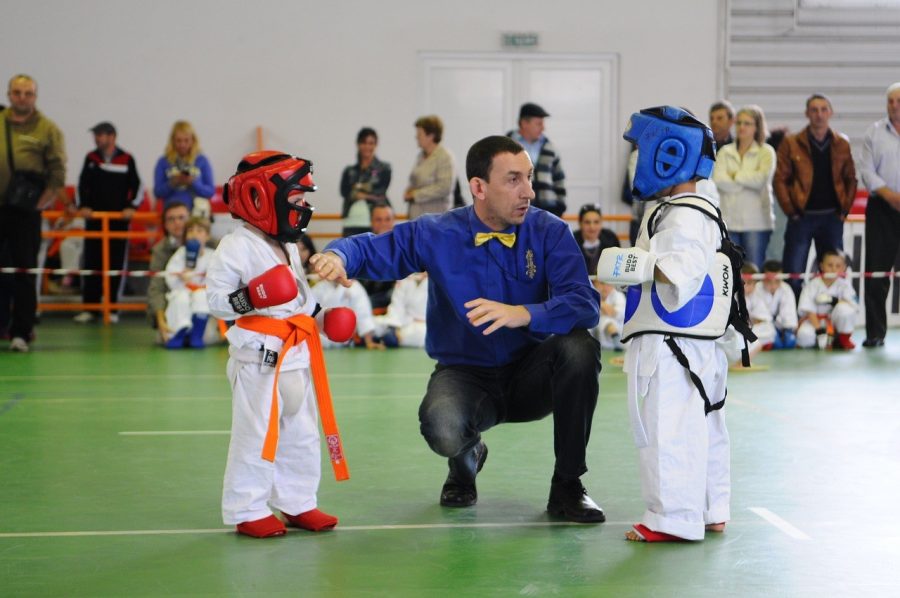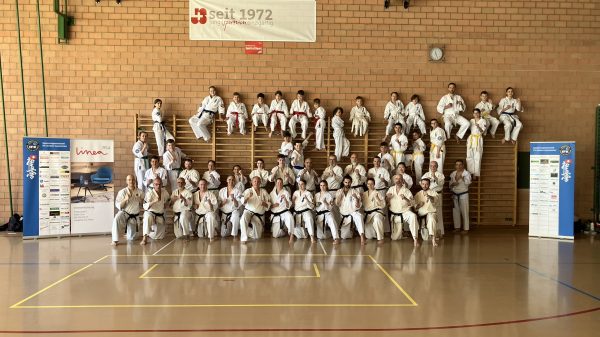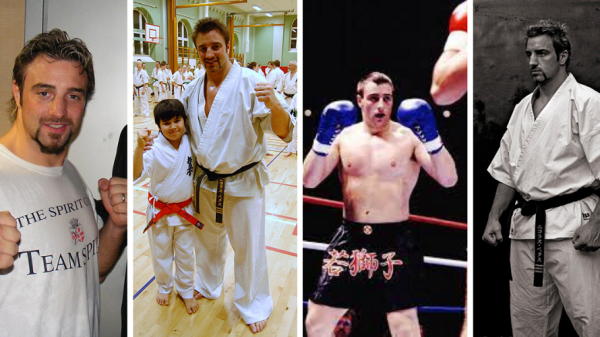There are numerous benefits of martial arts for kids, including improved physical health and a boost in self-confidence. Martial arts can also teach children self-defense skills that can help them ward off bullies and protect themselves from violent attacks. More importantly than fighting off others, however, martial arts teaches kids how to become masters of themselves: how to control thoughts, emotions, actions and responses.

Why Self-Discipline Is Important in Youth
Today’s youth face many challenges in their home lives, as well as in school and societal environments, including violence, drugs, bullies, peer pressure, and more. Schools and parents may or may not try to address these challenges, and may or may not be effective in correcting problematic behavior.
Recent studies show that those who participate in martial arts for kids learn proper behaviors, grow more sociable and pay better attention in class. One study, in particular, found that martial arts can give violent adolescents coping skills for navigating dysfunctional family relationships.
For many adolescents who do not have a trusting relationship with their parents, martial arts can provide a safe haven. Many students come to view their instructors as father- or mother-figures. While learning one of the traditional disciplines, adolescents also learn to respect others as they begin to focus on, understand, and control their internal emotions.
These self-discipline skills are crucial for youth facing the turmoil of adolescence, school, family, and other challenging environments. Here’s are seven ways that martial arts can help kids develop them.
1. Setting Goals
Many martial arts for kids incorporate a belt ranking system that typically starts with a white belt denoting the lowest skill level and black the highest. This means of ranking encourages students to work at attaining the next level, which teaches them how to set and achieve a goal. By developing the habit of setting goals, students are learning to work for and succeed at other goals in their lives. These goals may include earning a high school diploma or attending college.
2. Improving Focus
Children learn how to focus their energy to complete tasks, such as splitting a board or punching a target. They have to concentrate on completing these seemingly simple actions using the proper martial arts form. Practicing this type of concentration can also help them focus on completing homework, reading assignments, and more.
3. Learning Discipline
Instructors of youth martial arts typically do not allow chatting or inattention in class and are quick to call out bad behavior. By instilling discipline in the martial arts arena, students learn to pay attention to the instructor and refrain from misbehaving. These good behaviors typically transfer to the school setting, where students often begin earning better grades as a result.
4. Stepping Up Efforts
Students are constantly encouraged to put a little more effort into learning and practicing the arts by punching harder, kicking higher, and challenging themselves. This atmosphere of encouragement to always strive for more sets the stage for students to expect more from themselves and pushes them to a greater understanding of their potential.
5. Teaching Respect
Respect is a crucial concept in martial arts for kids, where students learn to respect their teachers, opponents, and other classmates, as well as themselves. Instructors take the time to teach students in nearly every class session about the importance of showing respect to their parents, teachers, and others.
6. Boosting Self-Confidence
In time, students begin to see improvements in their physical strength and understand that they are learning skills and methods for responding to dangerous or stressful situations. This realization boosts their self-confidence and impacts how they relate to and interact with others in their lives.
7. Aiding Memorization
Martial arts incorporate a series of forms, or movements, which must be completed in a specific order. Whether the moves are for self-defense or fighting, students need to memorize the order in which to perform them. Practicing this type of memorization can also pay off for children studying for classroom tests and quizzes. Children who have attention or learning difficulties, in particular, can benefit.
Enjoying Lifelong Advantages
While martial arts for kids offer a host of key physical benefits, they can also help children develop healthy minds and emotions. The skills, both physical and mental, taught in kids’ martial arts classes can be used as the basis for learning the much greater ability of self-discipline. This trait will serve them well throughout their lives.





































